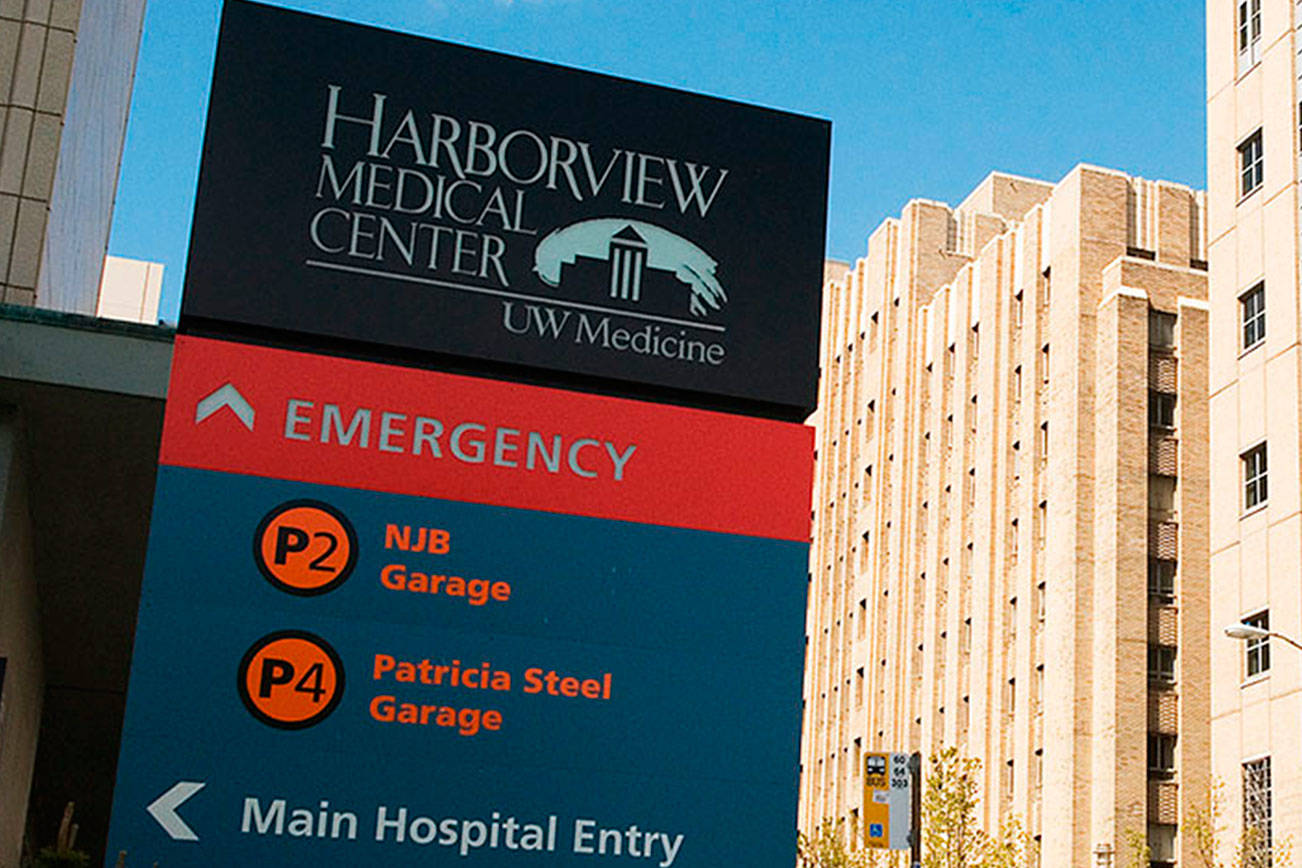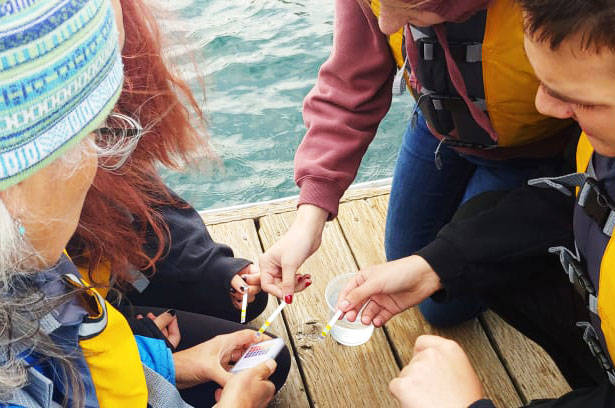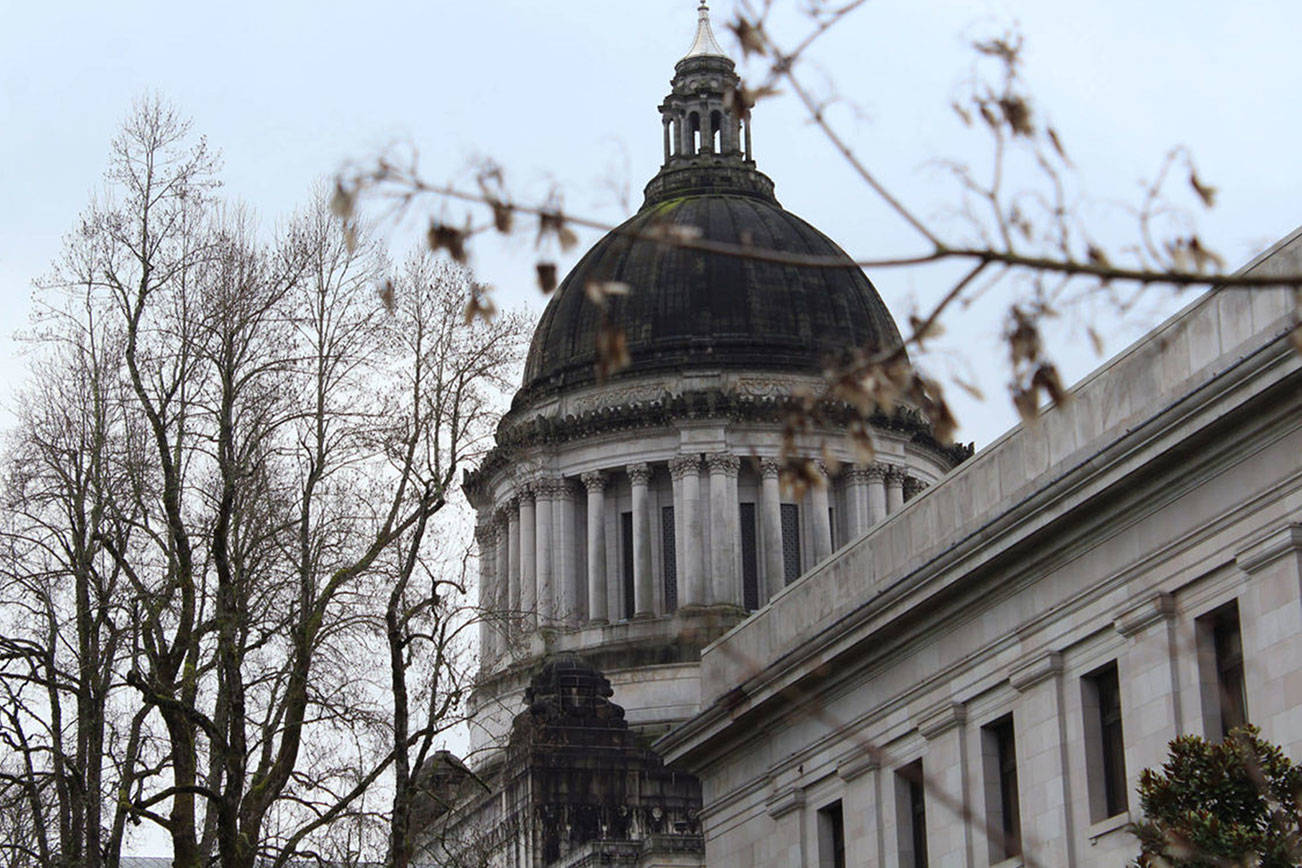King County voters will be asked on the Nov. 3 ballot to approve a $1.74 billion bond for improvements over the next 20 years to Harborview Medical Center in Seattle.
The county owns the 413-bed hospital, which is run by UW Medicine. Harborview is the state’s only Level 1 adult and pediatric trauma and burn center and the county’s only public hospital. The King County Council approved earlier this year to put the measure on the ballot.
If approved, the measure would cost the owner of a $600,000 home about $75 per year. The measure requires 60 percent approval from voters.
“These investments will be transformative for individuals across King County who rely on Harborview,” said King County Executive Dow Constantine in a press release. “This is our generational obligation to ensure that our region continues to be the best place in the country to receive emergency medical care, and it is a priority we must not postpone or ignore.”
Harborview operates at almost 100% capacity daily, according to a press release in support of the measure. As a result, it lacks surge capacity to address significant incidents or large-scale medical emergencies, and the older facilities are in dire need of improvement. On any given pre-COVID day, up to 50 beds (12%) were unusable due to the need for patient isolation procedures. COVID-19 has emphasized the need for Harborview to modernize its infrastructure to support responding to infectious diseases.
“The COVID pandemic crisis has shone a spotlight on the critical need to substantially expand Harborview’s surge capacity,” said Harborview Trustee Clayton Lewis. “These necessary improvements for the medical center will enable our talented and dedicated health care providers to continue to provide lifesaving services for those who need them.”
Harborview is one of the busiest trauma hospitals in the nation. It has been lauded for innovations in the delivery of emergency care such as the establishment of Medic-One, one of the oldest and most successful paramedic programs in the United States.
In 2019, Harborview received 55,545 visits to its emergency department and 258,406 clinical visits. It employs 5,400 people.
Highlights of the measure, according to Harborviewprop1.com, include:
• Construction of a new medical tower and renovation of existing space that increases capacity for the hospital to serve more patients in the event of an emergency, disaster, or pandemic and to meet modern infection control and privacy standards
• Expansion of the emergency department
• Construction of new behavioral health services building to meet the growing demand for behavioral health
• Critical seismic improvements to the historic Harborview campus ensuring the safety of patients, employees, and visitors
The cost elements of the $1.74 billion bond are outlined as follows:
• Medical Tower Building, increase surge capacity; meet infection control and privacy standards; new emergency rooms; disaster preparedness: $925M
• Behavioral Health Building, expand capacity for behavioral health services and programs: $79M
• Renovations to existing hospital buildings expand ITA Court, Gamma Knife renovations; renovate labs, Public Health TB, STD, MEO: $178M
• Harborview Hall, create space for 150 respite beds including seismic upgrades: $108M
• Center Tower, seismic upgrades for safety and modify space: $248M
• Pioneer Square Clinic, seismic upgrades for safety and improve clinic space: $20M
• East Clinic, demolish building: $9M
• Site improvements/ other costs site preparation; plant infrastructure: 1% for arts; project labor agreement; project management: $146M








